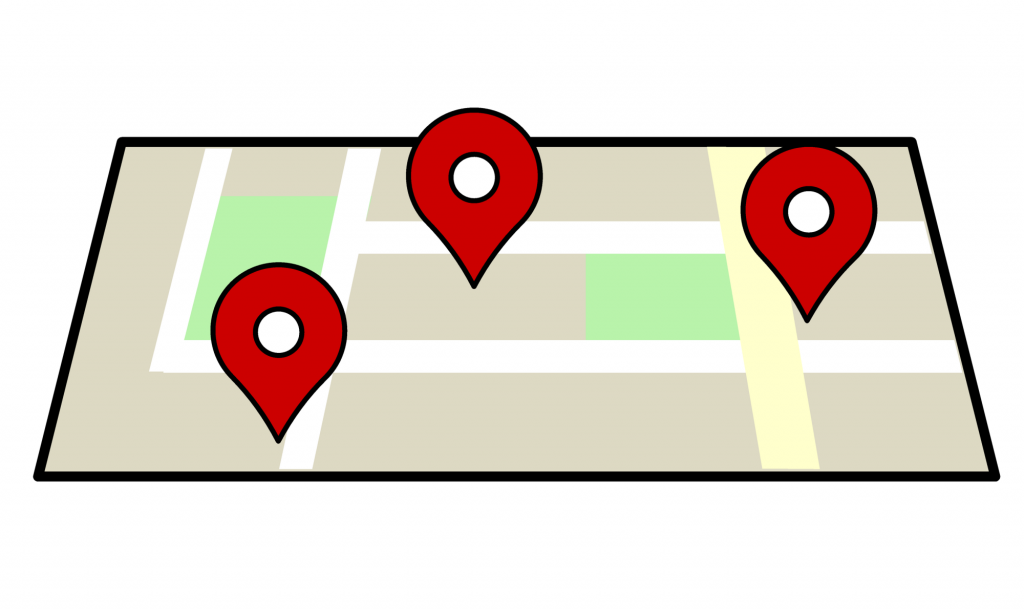Three Ways Businesses Use GPS Simulators
The use of Global Positioning Satellite (GPS) systems is growing, as applications from wearable technology to advanced driver-assistance systems (ADAS) become part of everyday life.
Businesses that are creating any kind of location-aware system need to use GPS simulators to test their designs. Are you wondering about the difference between GNSS vs GPS and how to use GPS simulation?
Here are three ways GPS for business can provide insight into the design and verification process.
1. Location Accuracy
GPS is one of several different types of Global Navigation Satellite Systems (GNSS) that developers can use to pinpoint a device’s location. There are 24 satellites in the GPS constellation, which orbit every 12 hours. They broadcast data on different frequencies for navigation.
GPS simulators enable developers to test a variety of receivers under identical conditions. This is not possible in a live environment, where a constant change in conditions is unavoidable.
GNSS is highly accurate. But obstructions like buildings or trees can interfere with the signal. An Internal Navigation System (INS) addresses this by calculating relative position.
GNSS-INS simulation allows developers to repeat test conditions. They can ensure that the GPS receiver tracks the device’s location with the highest possible accuracy. This is especially useful for wearable devices designed for urban environments. Why? Smart fitness bands and watches need to show accurate location data even while on the move.
2. GPS Sensitivity
As GPS is increasingly used in consumer applications where receivers are indoors or urban environments, test limits need to be lower than ever before. Most GPS receivers can now maintain signal lock at low sensitivity.
Using a simulator in a test environment helps developers to test the GPS sensitivity for acquiring a signal, tracking, and navigation. They can adjust the power level to the lowest that the device needs to maintain its satellite connection.
3. Interference Filtering
Developers can also use GPS simulators to test how their devices respond to power disruptions as well as radio frequency (RF) interference. How?
GPS simulators can test how the system will filter and react to signal interference. And they can check how the device will react during a reset. For example, if a car stalls and continues moving down a street while the ignition is switched back on, will the filters reset? Will the system adjust to the new location and show the right information on a navigation map?
Simulations can also test how long it would take the device to recover if it loses a signal. How will it regain a satellite fix if the user passes through a canyon or valley, a parking garage, or a tunnel?
Advantages of GPS Simulators
GPS for business makes it easier to test the receivers in devices to ensure the best performance.
With live testing, developers would be limited to only seeing how receivers perform under the current conditions. They would not be able to test different locations and environments. And they would not be able to repeat conditions to test different variables.
GPS simulators give businesses the flexibility to test a range of conditions. This improves the development process, saving them time and money.
If you found this article enlightening, check out the technology and business sections on the blog for more insights.

